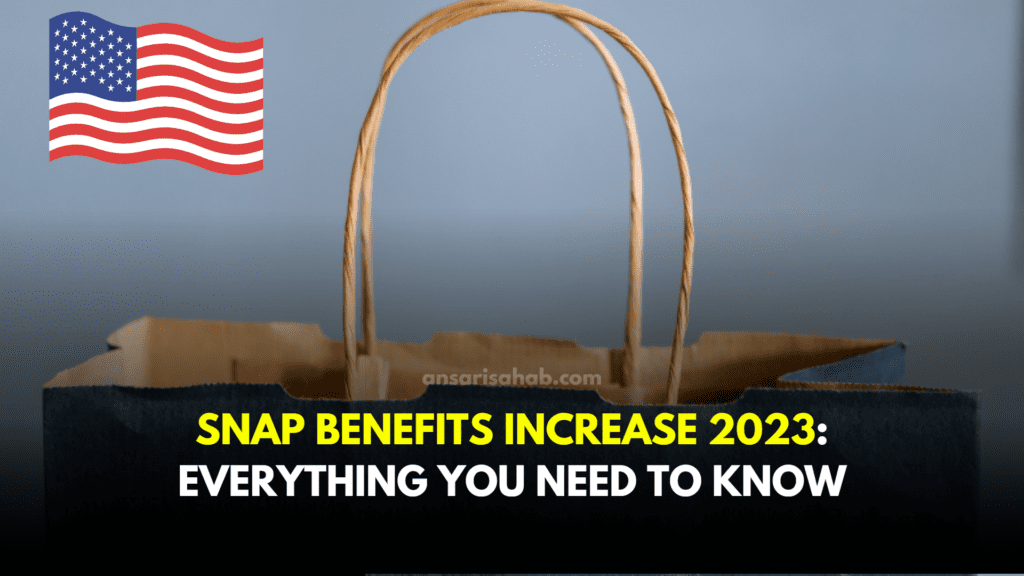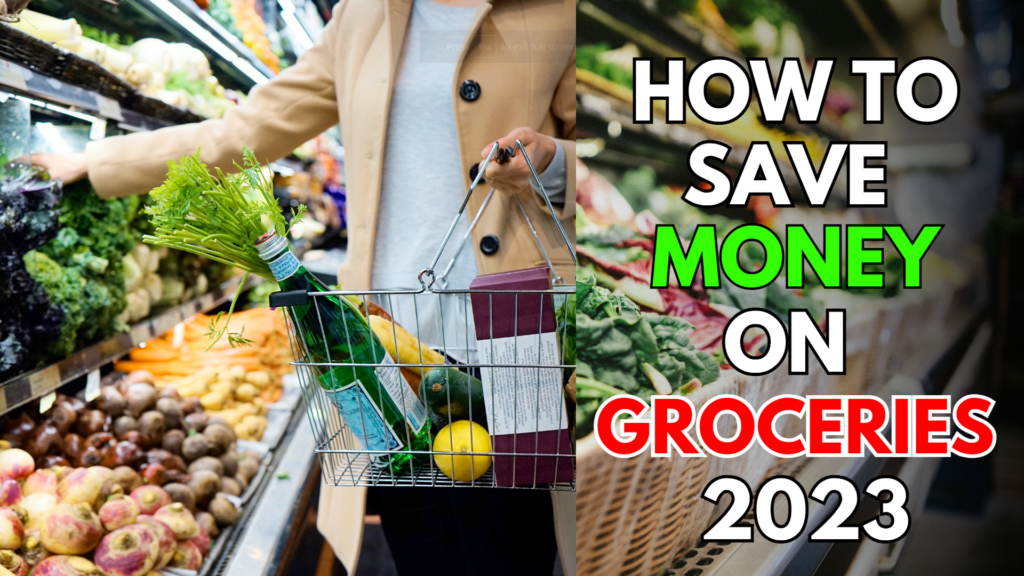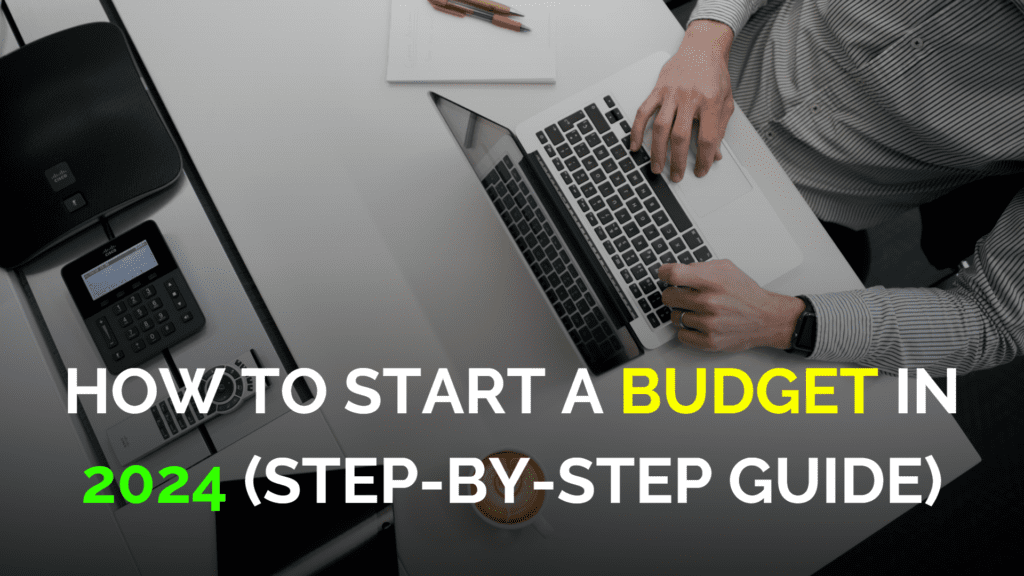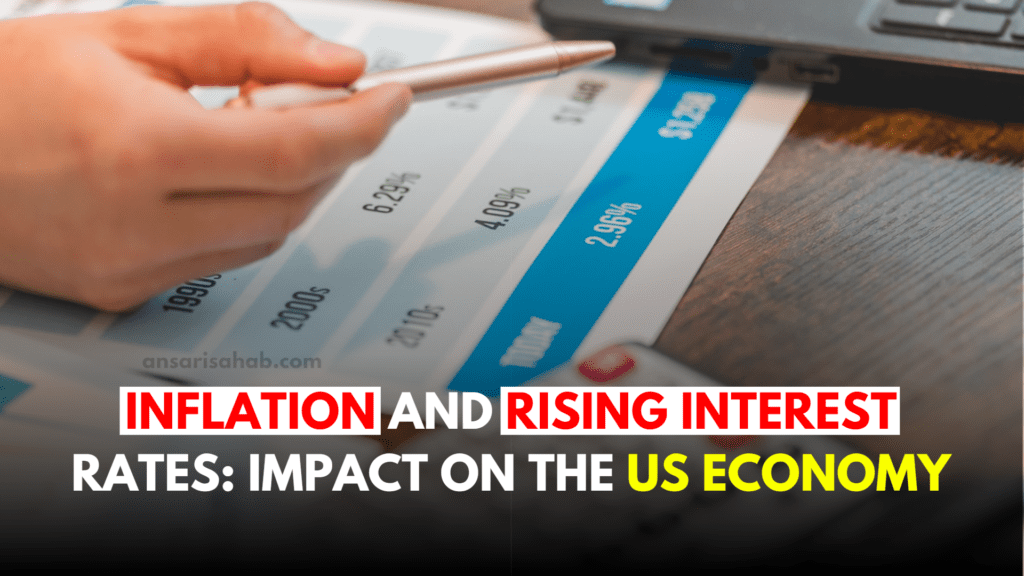The Supplemental Nutrition Assistance Program (SNAP), also known as food stamps, is a federal program that provides food assistance to low- and moderate-income households. In October 2023, SNAP benefits will increase by 12.5% compared to the previous year. This increase is due to the annual cost-of-living adjustment (COLA), which is based on the Consumer Price Index for All Urban Consumers (CPI-U).
What is the SNAP benefit increase?
The SNAP benefit increase is an annual adjustment to the Supplemental Nutrition Assistance Program (SNAP) benefits that is based on the cost-of-living adjustment (COLA). The COLA is calculated by the Bureau of Labor Statistics (BLS) and measures the change in the Consumer Price Index for All Urban Consumers (CPI-U) over the past year.
The SNAP benefit increase for October 2023 is 12.5%, which is the highest increase in decades. This increase is due to the high rate of inflation that has been experienced in the United States over the past year.
How much will my SNAP benefits increase in October 2023?
The amount of your SNAP benefit increase will depend on your household size and income. The following table shows the maximum monthly SNAP benefit amounts for households of different sizes, effective October 2023:
| Household size | Maximum monthly benefit |
| 1 person | $291 |
| 2 people | $535 |
| 3 people | $766 |
| 4 people | $973 |
| 5 people | $1,155 |
| 6 people | $1,386 |
| 7 people | $1,532 |
| 8 people | $1,709 |
| Each additional person | $166 |
To calculate your SNAP benefit increase, multiply your current monthly SNAP benefit amount by 1.125. For example, if your current monthly SNAP benefit amount is $500, your benefit increase will be $62.50, and your new monthly benefit amount will be $562.50.
Who is eligible for the SNAP benefit increase?
All SNAP recipients are eligible for the SNAP benefit increase. If you are currently receiving SNAP benefits, you will automatically receive the increased benefit amount in October 2023.
How do I apply for the SNAP benefit increase?
You do not need to apply for the SNAP benefit increase. If you are already receiving SNAP benefits, your benefits will automatically increase in October 2023. You will not receive a new EBT card.
If you are not currently receiving SNAP benefits, you can apply online or at your local state or county social services office. To be eligible for SNAP benefits, you must meet certain income and asset requirements. Income limits vary by state, but they are generally set at 130% of the federal poverty level. Asset limits also vary by state, but they are generally set at $2,550 for households with one person and $4,350 for households with two people. Additional assets are allowed for each additional person in the household.
Read Also: The biggest Powerball Jackpot of all time: How to increase your chances of winning
How to get the most out of your SNAP benefits
Here are some tips on how to get the most out of your SNAP benefits:
- Plan your meals ahead of time. This will help you to avoid impulse purchases and make sure that you are buying healthy and affordable foods.
- Shop at multiple stores. Compare prices at different grocery stores to find the best deals.
- Look for sales and coupons. There are many ways to save money on groceries, such as using coupons and shopping during sales.
- Buy in bulk. If you have the space, buying in bulk can save you money on items that you use regularly.
- Cook at home. Eating out can be expensive, so cooking at home is a great way to save money.
- Grow your own food. If you have the space and time, growing your own food can be a great way to save money on fresh produce.
What the SNAP benefit increase means for low-income families
The SNAP benefit increase will help low-income families to put more healthy food on the table and improve their overall health and well-being. The increase will also help to boost the economy by increasing demand for food and other goods and services.
Here are some specific ways that the SNAP benefit increase will help low-income families:
- Families will be able to afford more healthy foods. This will help to improve the health of families and reduce the risk of chronic diseases such as obesity, heart disease, and diabetes.
- Families will have more money to spend on other essential needs, such as housing and healthcare.
- The increase will help to boost the economy by increasing demand for food and other goods and services. This will create jobs and help to grow the economy.
The SNAP benefit increase is a welcome relief for low-income families who are struggling to afford food. The increase will help families to put more healthy food on the table and improve their overall health and well-being.
The history of the SNAP program
The Supplemental Nutrition Assistance Program (SNAP), also known as food stamps, was established in 1964 as part of the Food Stamp Act. The program was designed to provide food assistance to low-income households and to support the American agricultural economy.
SNAP is the largest federal nutrition assistance program in the United States. The program provides benefits to over 40 million people each month. SNAP benefits are used to purchase food at participating grocery stores and other retailers.
The importance of SNAP benefits
SNAP benefits are important for a number of reasons. First, they help to ensure that low-income households have access to nutritious food. Second, they boost the economy by stimulating spending at grocery stores and other retailers. Third, they help to improve the health and well-being of low-income individuals and families.
Studies have shown that SNAP benefits are associated with a number of positive outcomes, including:
- Reduced food insecurity
- Improved dietary quality
- Reduced risk of chronic diseases
- Improved academic performance in children
- Increased employment rates
- Reduced poverty rates
How SNAP benefits are used
SNAP benefits are issued on an electronic benefits transfer (EBT) card. EBT cards can be used to purchase food at participating grocery stores and other retailers. SNAP benefits cannot be used to purchase alcohol, tobacco, or other non-food items.
The amount of SNAP benefits that a household receives is based on the household’s income and size. Households with higher incomes and larger sizes receive more benefits.
SNAP benefits are an important resource for low-income households. The program helps to ensure that people have access to nutritious food and improves the health and well-being of low-income individuals and families.
Common myths about SNAP
Here are some common myths about SNAP:
- Myth: SNAP is only for people who don’t want to work.
- Fact: The majority of SNAP recipients are working people. In 2021, 62% of SNAP households had at least one working member.
- Myth: SNAP is a waste of taxpayer money.
- Fact: SNAP is a cost-effective program that saves taxpayers money in the long run. For every dollar spent on SNAP, $1.70 is generated in economic activity.
- Myth: SNAP recipients are lazy and don’t care about their health.
- Fact: SNAP recipients are just as likely as the general population to eat healthy foods. In fact, SNAP benefits help to improve the nutritional status of recipients and their families.
- Myth: SNAP recipients are all immigrants.
- Fact: Only about 10% of SNAP recipients are non-citizens. The majority of SNAP recipients are U.S. citizens.
Resources for SNAP recipients
There are a number of resources available to SNAP recipients, including:
- The USDA Food and Nutrition Service: The USDA Food and Nutrition Service is the federal agency that administers the SNAP program. The USDA website provides information about SNAP eligibility, application procedures, and benefits.
- State and local social services offices: State and local social services offices are responsible for administering the SNAP program in their respective states and counties. These offices can provide information about SNAP eligibility, application procedures, and benefits.
- Food banks and pantries: Food banks and pantries provide food to low-income individuals and families. Many food banks and pantries accept SNAP benefits.
- Nonprofit organizations: There are a number of nonprofit organizations that provide services to SNAP recipients, such as job training, financial assistance, and educational programs.
Conclusion
The SNAP benefits increase in October 2023 is a welcome relief for low- and moderate-income households who are struggling to afford food. The increase will help families to put more healthy food on the table and improve their overall health and well-being.
If you are a SNAP recipient, be sure to check your benefits statement in October to see how much your benefits have increased. You can also use the resources listed in this blog post to get the most out of your SNAP benefits.









